|
It has been so rewarding to help lead and be a part of this huge undertaking. While focused on the State of Colorado's agencies and programs, anyone interested in the conservation of native pollinating insects can hopefully find a lot of valuable and useful information here! Plus I snuck in some plates of beautiful Colorado butterflies and bees that were imaged in the CU Museum of Natural History!
0 Comments
It's always a blast and an honor to help organize and run the annual Colorado Pollinator Summit!
A link if you're interested in learning more: Joined the CU Museum of Natural History table at the Boulder Bee Festival to highlight the diversity of Colorado's Native Bees. Had a great time quizzing folks on pollinator diversity, ecology and natural history, and being quizzed myself by a growing body of folks educated about and engaged in pollinator conservation efforts.
I'm sure you've heard it... but these caterpillars are eating machines! Every few days we open the cages to add host plants, survey the caterpillars, sample some for viral screening and to collect some for chemical sequestration analysis. A ton of work! It takes a lot of greenery to feed thousands of hungry caterpillars. A cold spring morning is no problem for Baltimore checkerspot caterpillars! While frosted in the early morning, they were fast to thaw and back to eating by mid-day! We continue to develop and refine our 3D modeling of bees! Here's a quick video of one of our models of a Hoplitis! After a tremendous amount of hard work the mesocosm is built, installed, planted, and seeded with caterpillars! The red cages are populations of caterpillars that have been infected with a native virus. We're starting a huge new experiment at Harvard Forest to track the chemical, immunological, and demographic consequences of a novel host-shift in Baltimore checkerspots! A huge thank you to Alan Warden and Victoria Peechat for all your hard work making this all possible! As part of our NSF TCN, Big Bee, the CU Entomology Section has begun 3D imaging bees! This short clip is a video of 142 angles of focus-stacked hi-res photographs (over 4,000 of them). We'll be stitching them together to render a 3D model of the bee, so stay tuned!
The Cylindropuntia cactus at the 30th St Greenhouse is a real magnet for Lithurgopsis apicalis, a cactus specialist! Notice the tubercles (tiny horns) on top of her head! There were dozens of females visiting flowers and foraging for pollen. I had seen these on Opuntia while out on the plains, but the Cylindropuntia is from the southwest. Apparently, our Opuntia specialist likes it too! The things we do for love. The checkerspots were in need of some sunlight so I had to carry them outside since the greenhouse is currently being renovated. Luckily a little honey water to set the mood, some fresh air, and a couple hours of daylight is all it takes to ensure we get some happy couples! Eroding banks such as these are often seen as an eye-sores or safety hazards but they also create nesting habitats for a diversity of ground-nesting bees, wasps, and their associated parasitoids. While erosional features such as these are temporary habitats in the long-run, the habitats they do create can be hugely important for local bee populations and they often attract large aggregations of nesting bees.
Although the snow is still falling, the first pollinator heralds of spring have begun to appear. On a recent hike I was lucky enough to catch a glimpse of this comma butterfly soaking up some sun. Along with the morning cloaks, these are some of the earliest butterflies you'll see in spring. This weekend also marked my first sighting of a Hunt's bumble bee and a blue orchard bee in town.
People often ask me how to find ground-nesting bee nests. In reality I see nests in the ground all the time but most are very tiny and aggregations are fairly infrequently encountered. Here is a time-series of a Lasioglossum sp. female at the entrance of her nest, likely only 2-3 mm in diameter. She quickly saw off the more brightly colored male.
I observed a couple of two-spotted sunflower bees, Melissodes bimaculatus, foraging for pollen on this Floriani Red Flint corn in Boulder, CO. While it may seem strange, I observe bees foraging on corn and other grass for pollen fairly frequently. These could provide important resources if other host plants are scarce or may be used to supplement pollen provisions. These two bees returned repeatedly and filled their scopa up each time. You can easily see the yellow corn pollen packed onto their hind legs.
The western bumble bee, Bombus occidentalis, is an uncommon visitor in Boulder. This one was spotted foraging on black berry flowers in the Shakespeare Garden at CU-Boulder. This species is thought to be in decline in parts of its range so it's a welcomed sight just outside the Museum of Natural History!
This summer I'm working with Boulder County Parks and Open Space to document native bees along riparian areas impacted by the 2013 flood. One of our goals is to identify important floral resources for bees. Nearly three years post-flood, it's especially interesting to see how both the floral communities and the bees are returning to some of the most heavily impacted areas. We're working with Alex Morphew, an undergraduate honors student at the University of Colorado to document patterns of native bee performance across agricultural regions of eastern Colorado. Above are some of the beautiful images we're capturing of the intricate cells constructed by female bees (and a wasp) that both highlight the complexity and beauty of these remarkable animals.
|
Adrian CarperHere's a few thoughts, observations, and just cool entomological things to share. Enjoy!
Archives
January 2024
Categories |
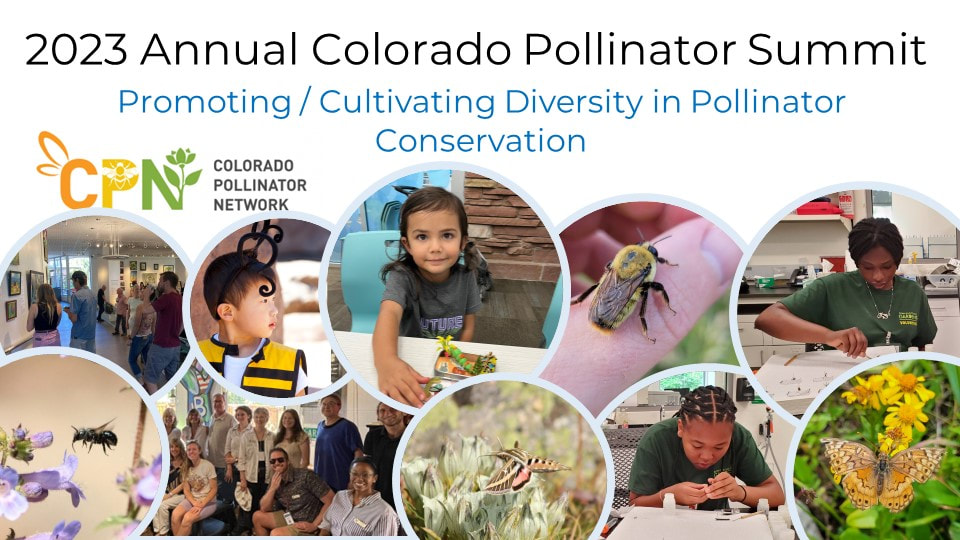
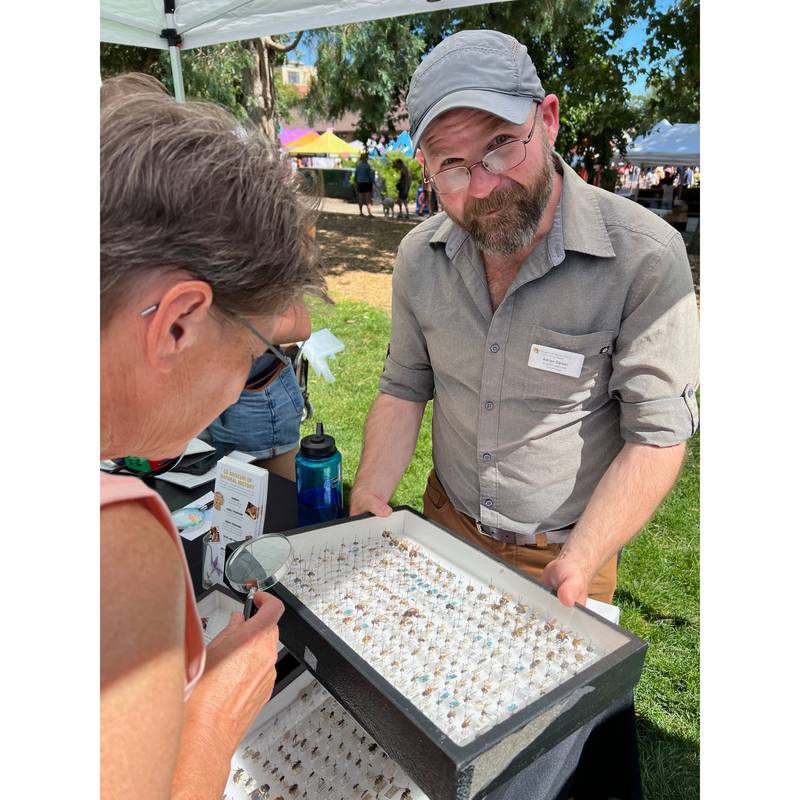
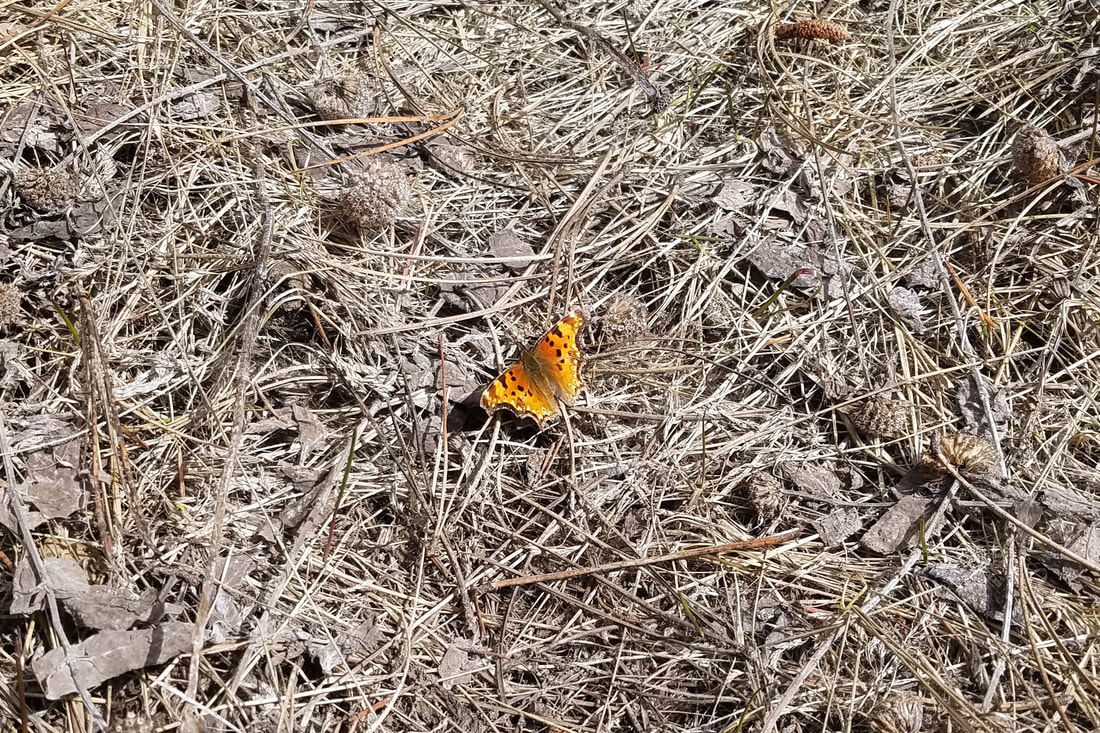
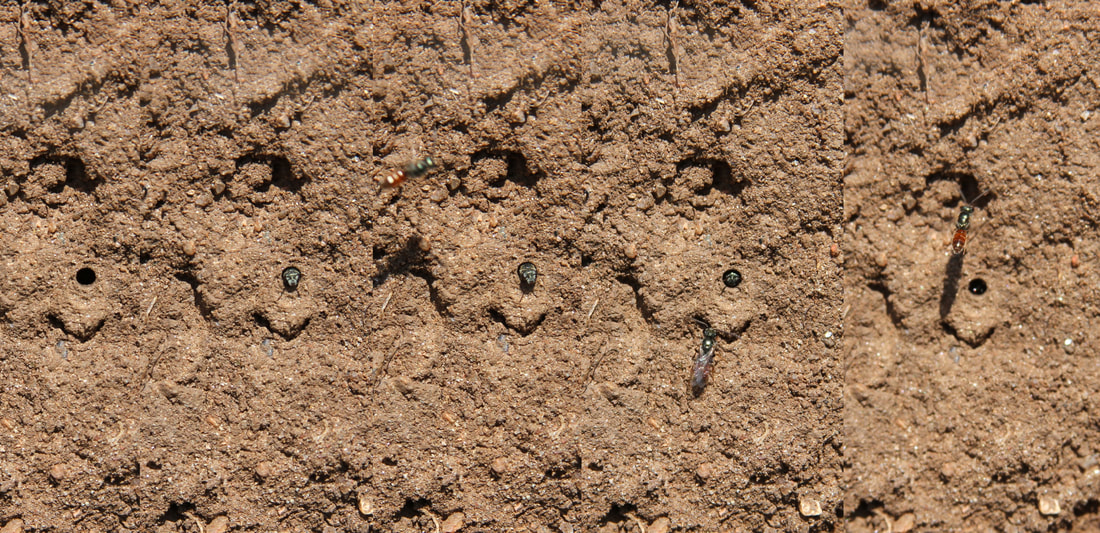
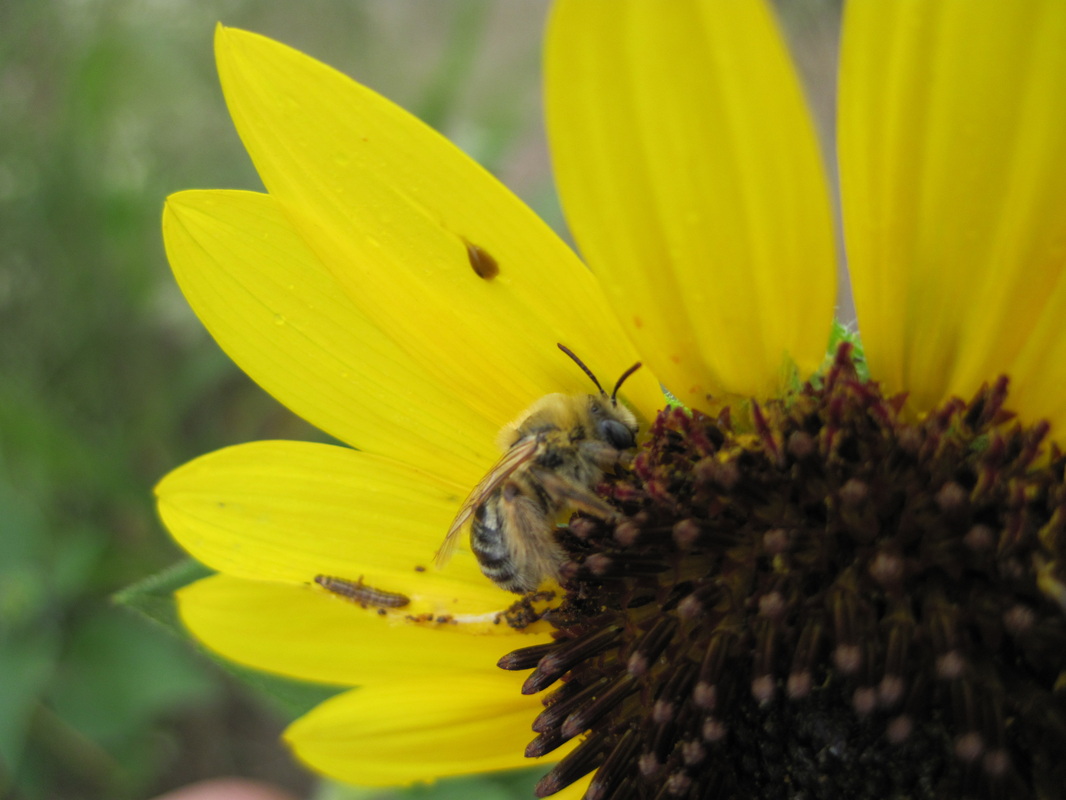

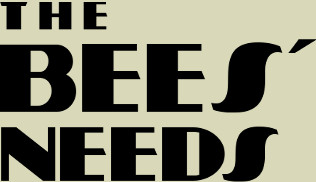
 RSS Feed
RSS Feed